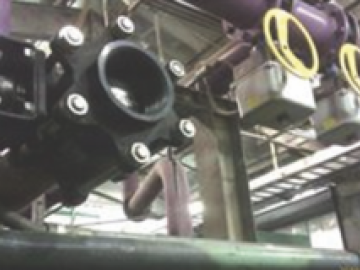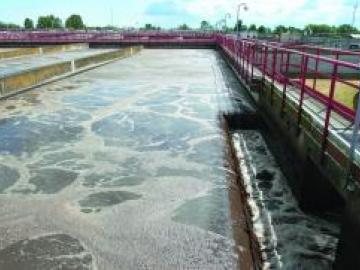How To Select The Most Effective Blower Technology for Wastewater Applications
This guide explains three blower technologies and,using examples from actual wastewater plants, describes the most effective technology for particular applications and why. Of course there is no substitute for a consultation specific to your application; however, the guide can help raise the right questions and ensure a productive vendor and technology evaluation process.








